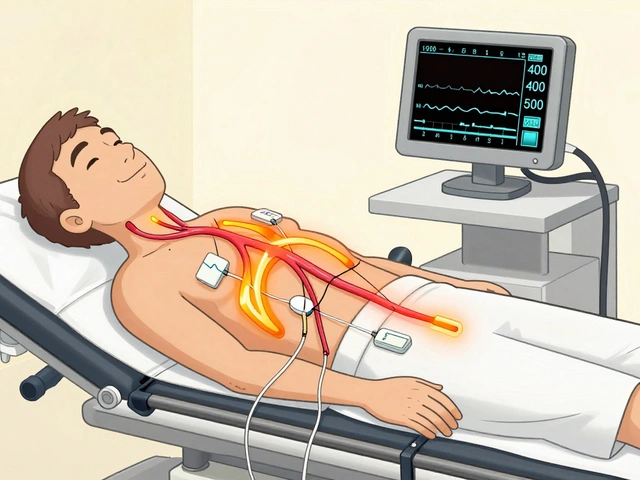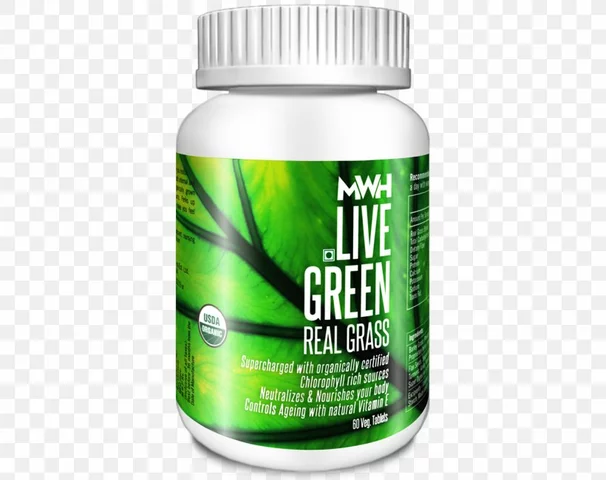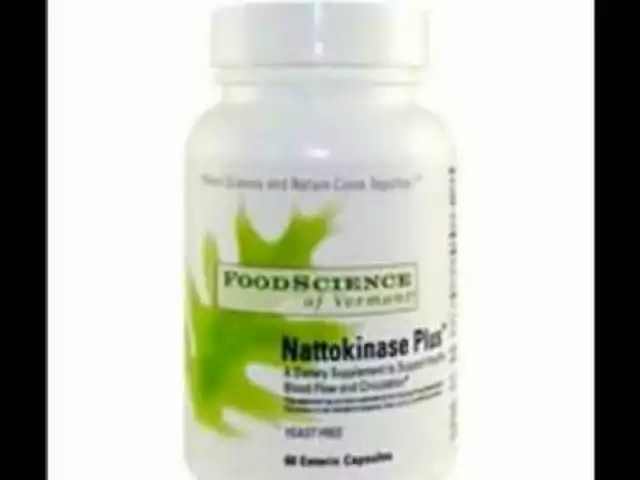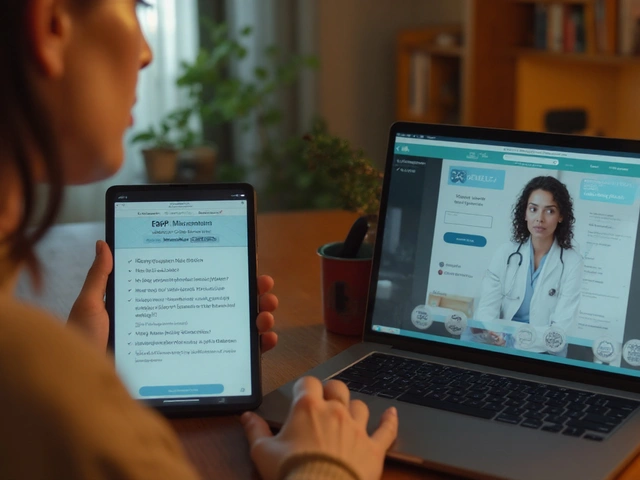Zinc deficiency: what to watch for and how to fix it
Zinc is a small but powerful nutrient your body needs for immune defense, wound healing, taste, and growth. When zinc runs low, the effects can be subtle at first — weaker taste, slower healing, more colds — but they add up. This page helps you spot common signs, practical tests, and safe steps to restore zinc naturally or with supplements.
Signs and common causes
Look out for these red flags: reduced sense of taste or smell (hypogeusia), slow wound healing, hair loss, frequent infections, diarrhea, poor appetite, and in kids, slowed growth or delayed puberty. Older adults and people with digestive disorders can get low zinc even with a decent diet.
Typical causes are low intake (especially vegan or highly processed diets), poor absorption from conditions like celiac disease or Crohn’s, chronic diarrhea, heavy alcohol use, and some medications. Diets high in phytates — found in unsoaked grains and legumes — bind zinc and cut absorption. Too much iron or calcium from supplements can also interfere.
Testing, food fixes, and safe supplement use
Blood (serum) zinc tests exist but aren’t perfect — results vary with recent meals, time of day, and inflammation. If a lab test is borderline, doctors often combine results with symptoms and diet history. If you suspect deficiency, discuss testing and interpretation with your clinician.
Food-first approach works well for mild cases. Top zinc sources that absorb well: oysters (highest), red meat, poultry, eggs, and dairy. Plant sources include pumpkin seeds, sesame seeds, beans, lentils, and whole grains — but soak, sprout, or ferment legumes and grains to cut phytates and improve zinc uptake.
When supplements are needed, common forms are zinc gluconate, zinc sulfate, and zinc acetate. A typical corrective dose ranges from 15–30 mg of elemental zinc per day for adults. Don’t exceed the tolerable upper intake level of 40 mg/day for long-term use — high doses can cause nausea and block copper absorption, which leads to its own problems.
Mind interactions: take zinc at least 2–4 hours apart from tetracycline or quinolone antibiotics and from iron supplements to avoid reduced absorption. If you’re pregnant, breastfeeding, on medication, or have chronic disease, check with your healthcare provider before starting zinc pills.
Quick practical tips: choose animal sources when possible for better absorption, soak or sprout beans and grains, include a small zinc supplement short-term if you have clear symptoms, and recheck symptoms or labs after 6–12 weeks of change. If you have recurring infections, major hair loss, or growth delay in a child, see a doctor sooner — those may need medical treatment or specialist care.
Zinc is simple to fix in most cases, but the right dose and approach depend on why you’re low. Talk to a clinician, aim for whole foods first, and use supplements responsibly when needed.

Discover the crucial role zinc plays in maintaining your health and well-being. This article dives into the benefits of zinc supplements, common signs of deficiency, how to incorporate zinc into your diet, and tips for maximizing its absorption. Learn why zinc is the wellness-boosting supplement you've been looking for.






